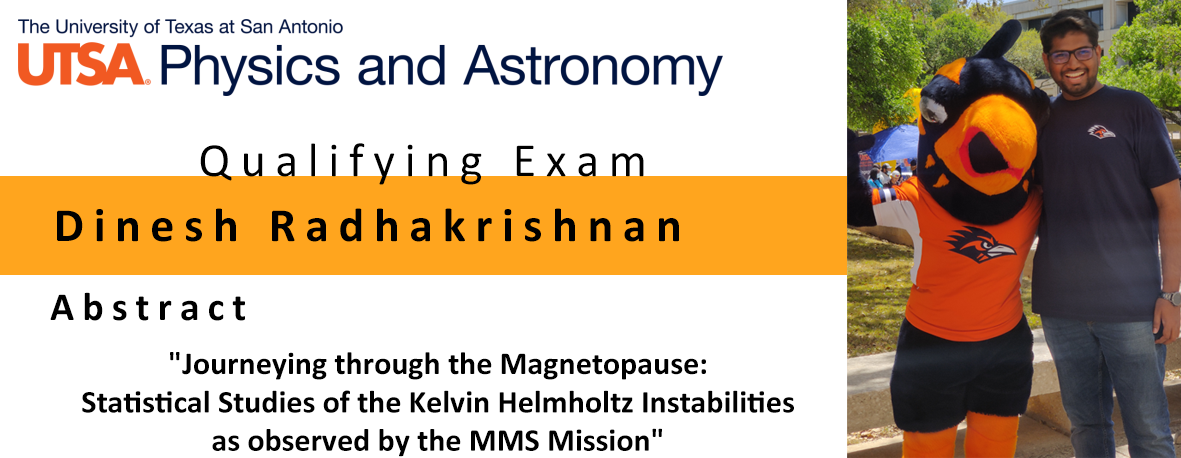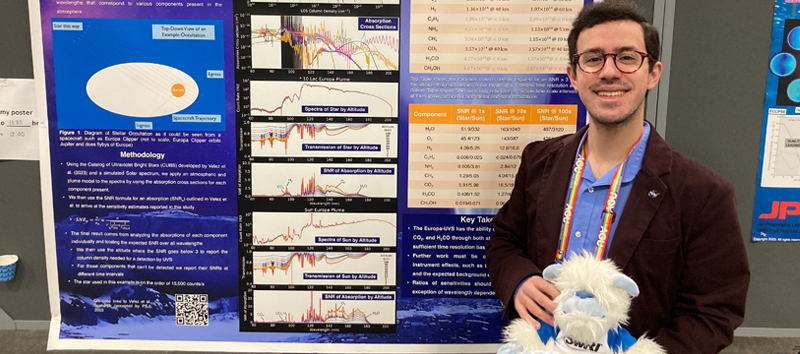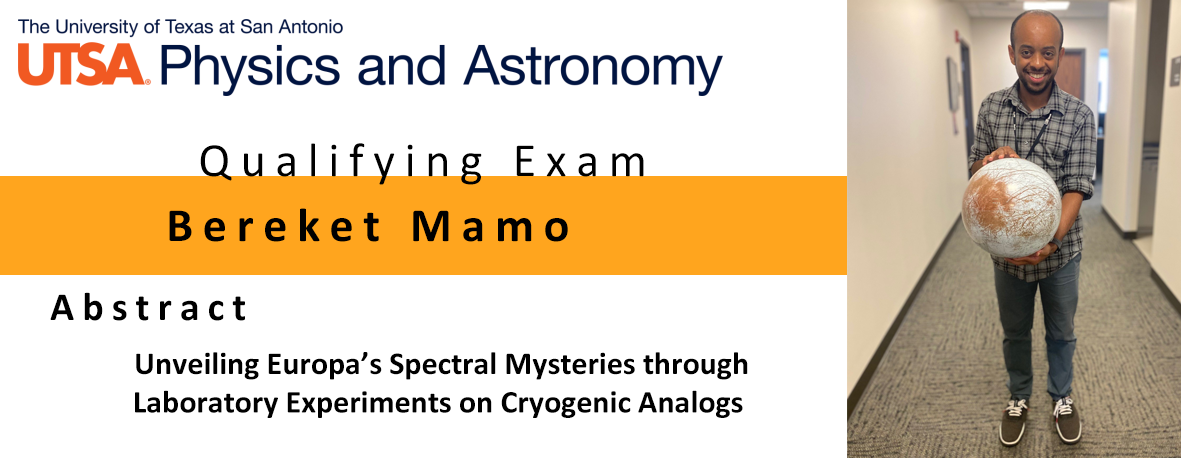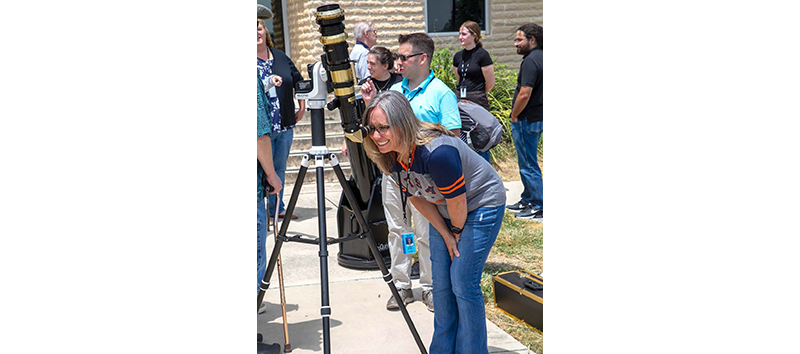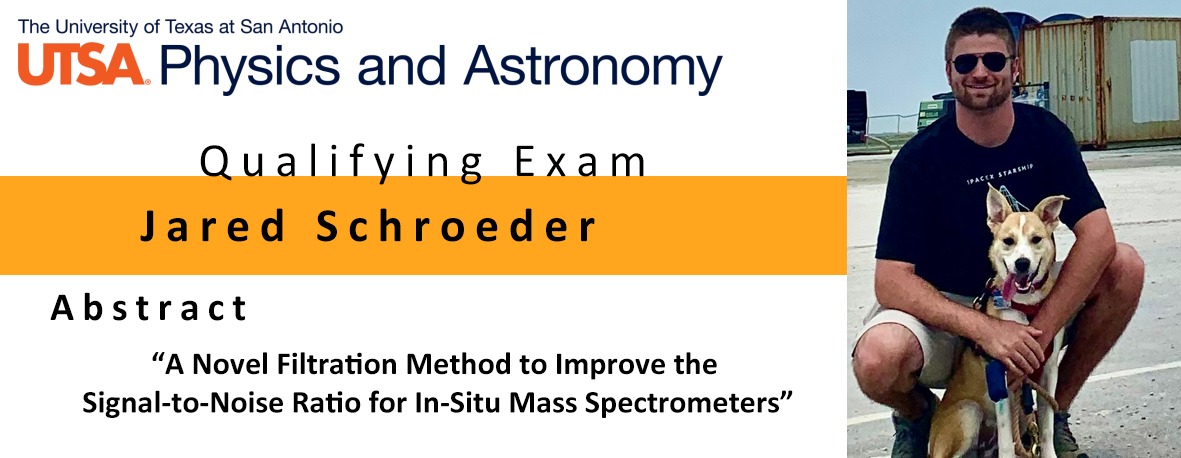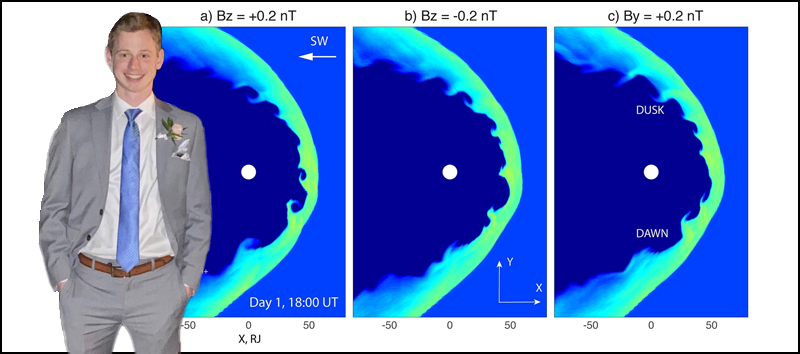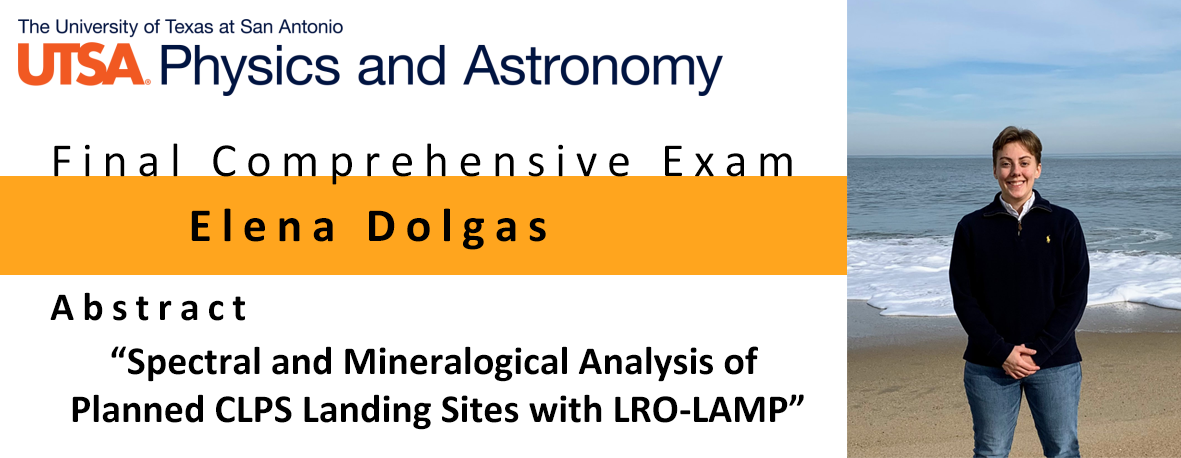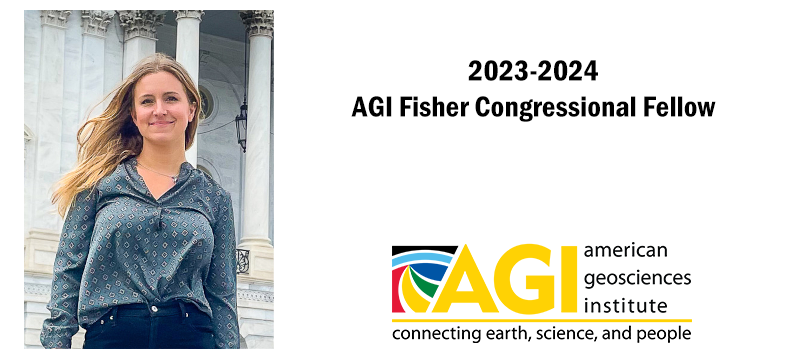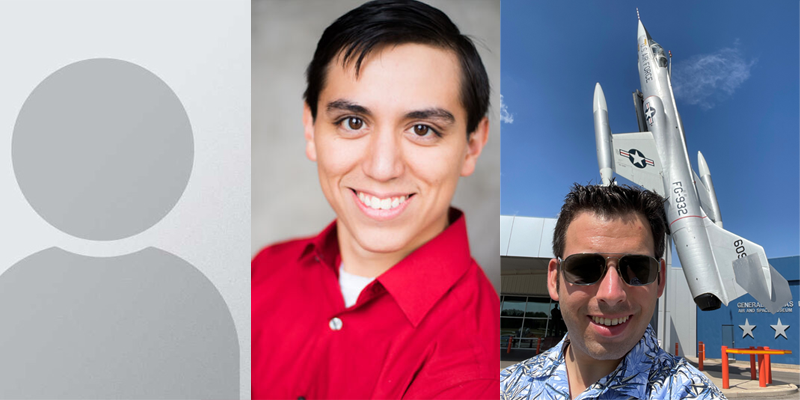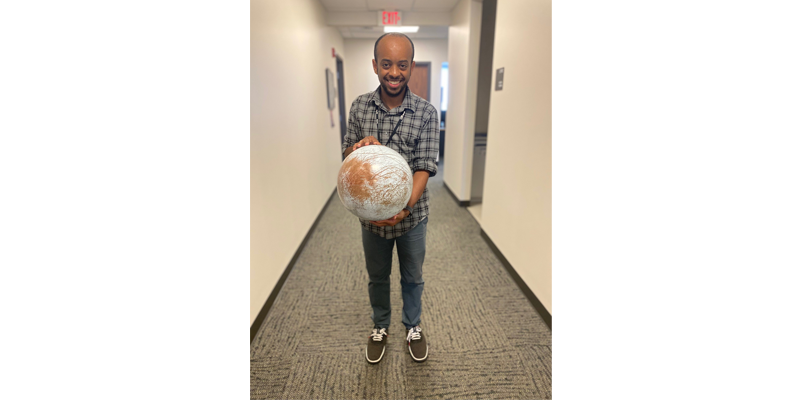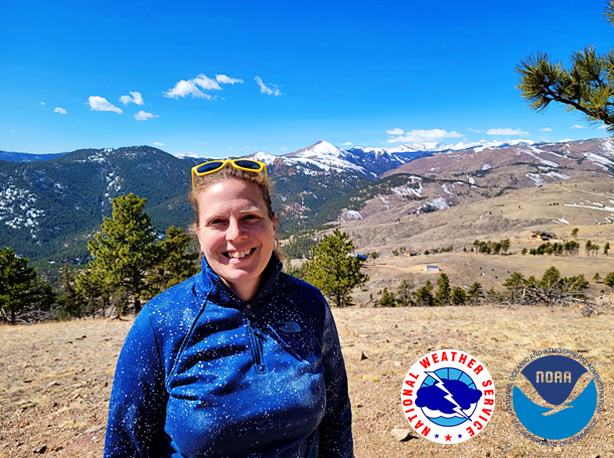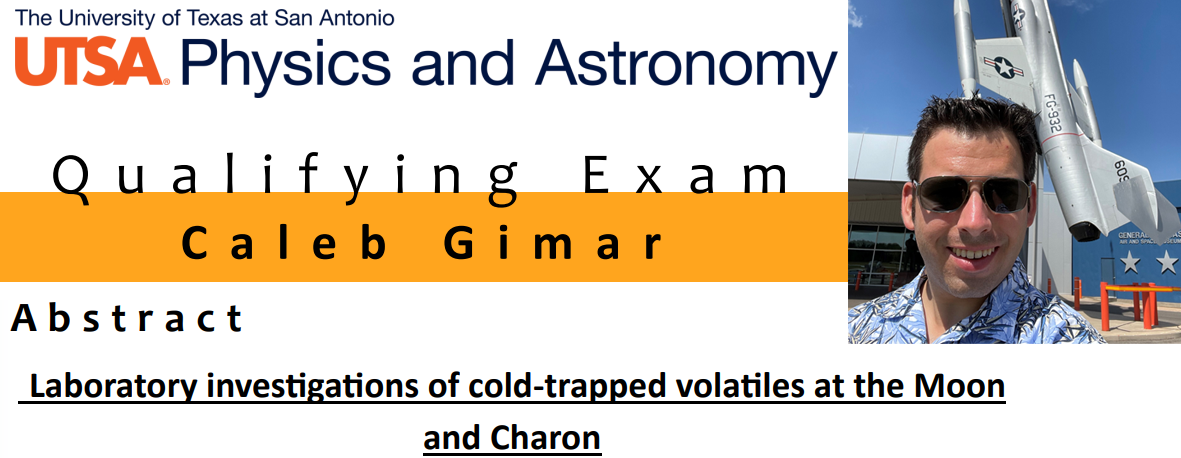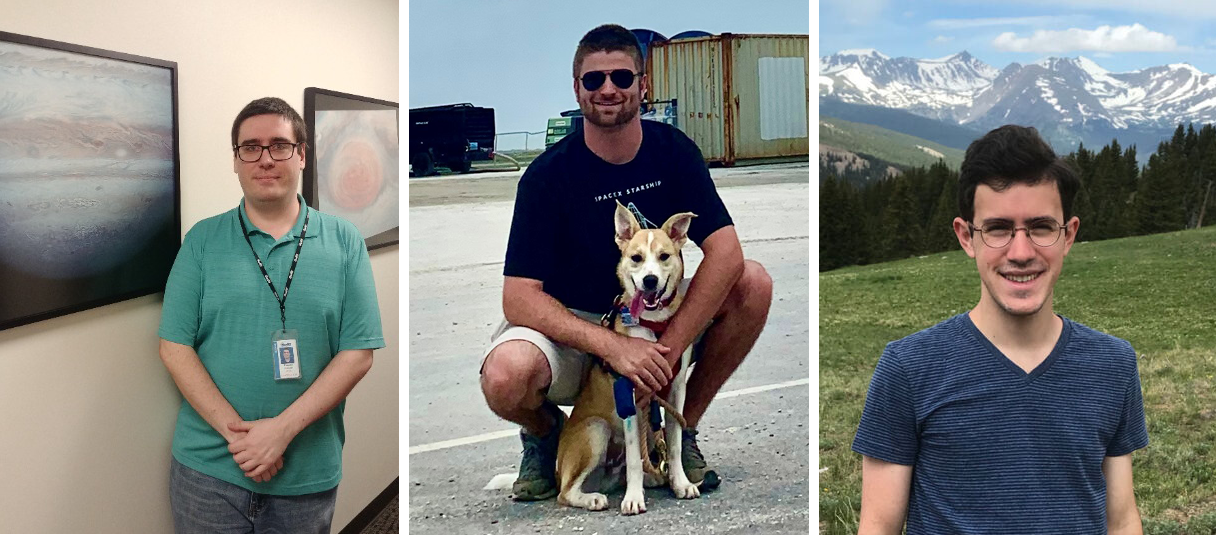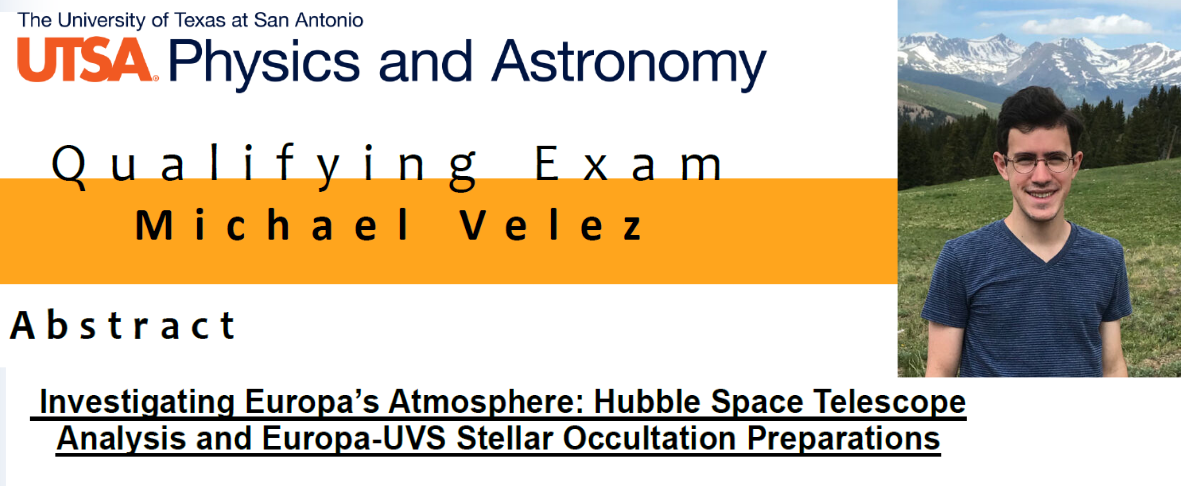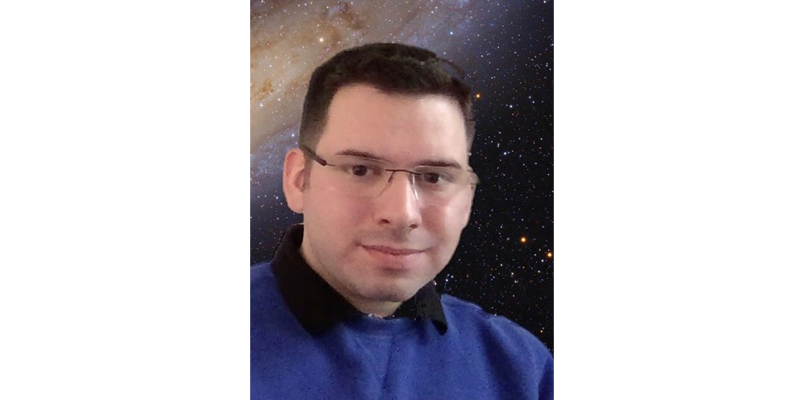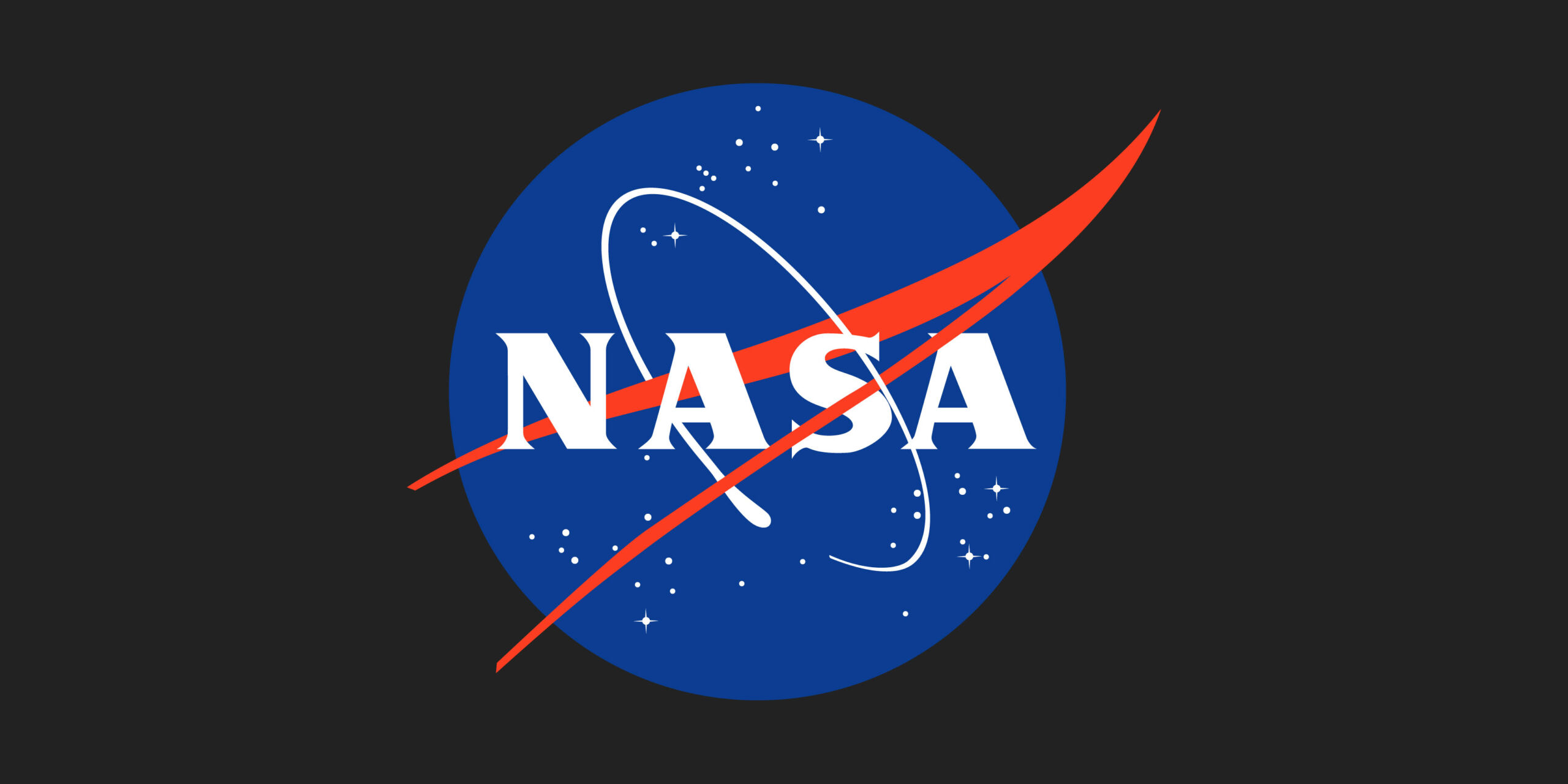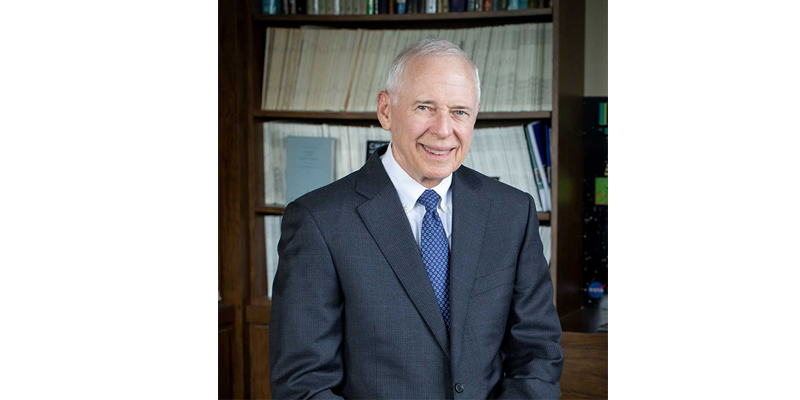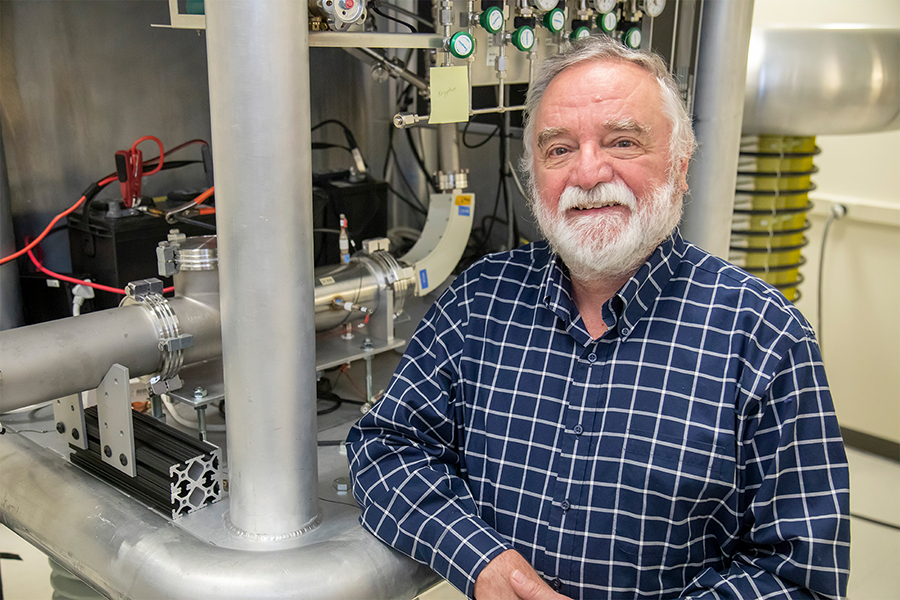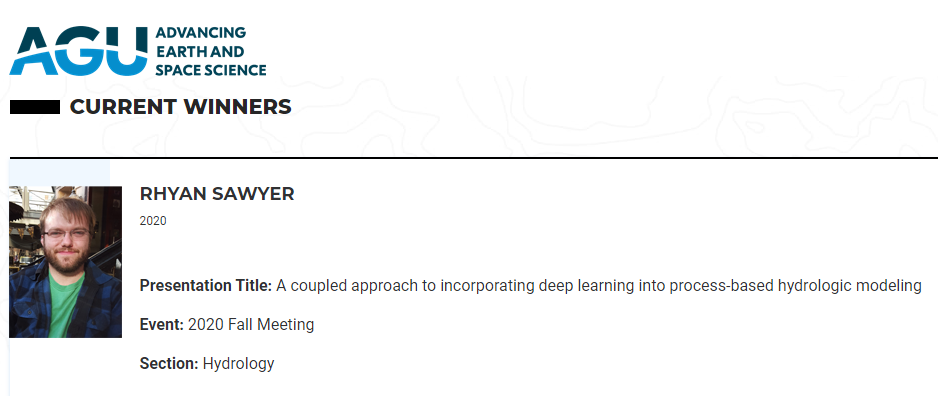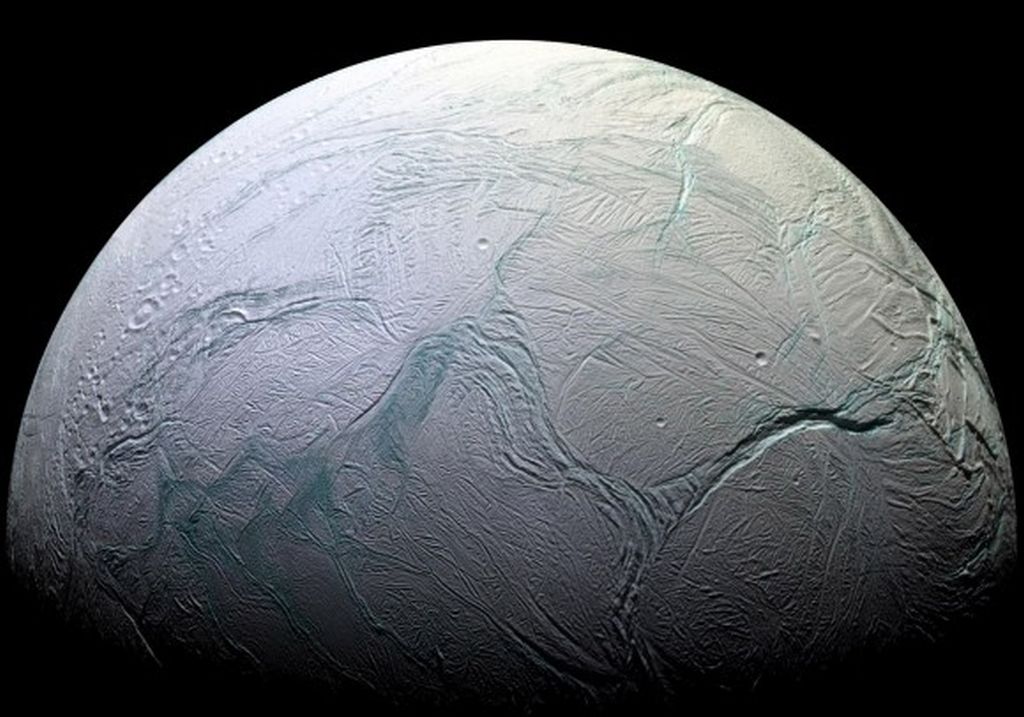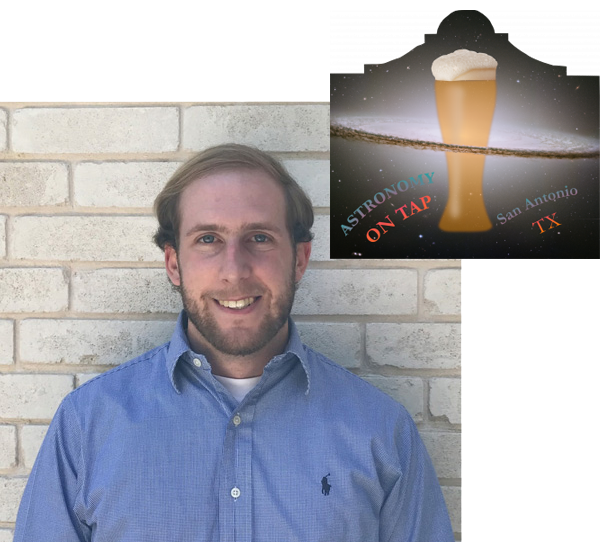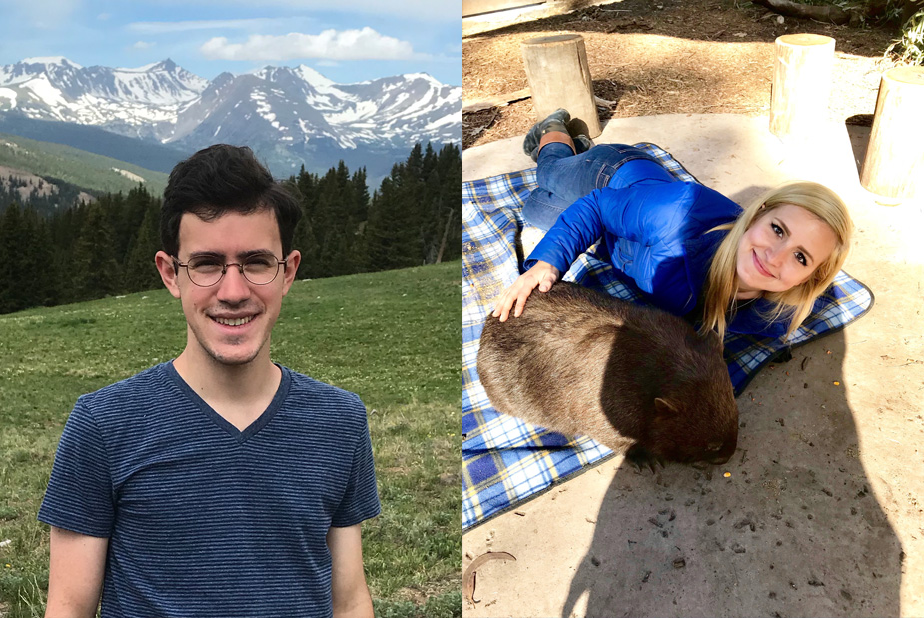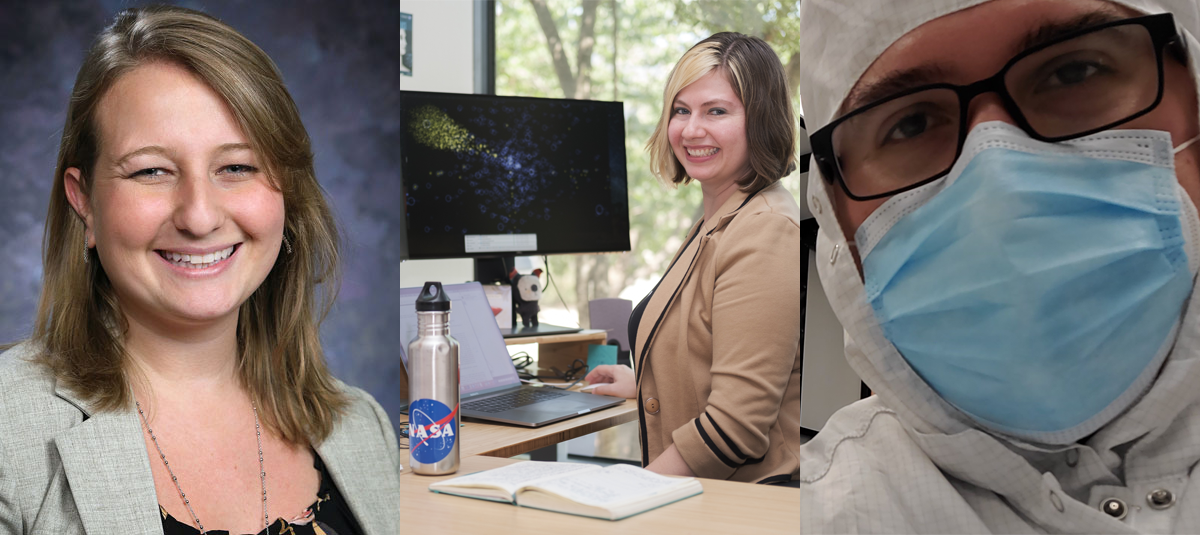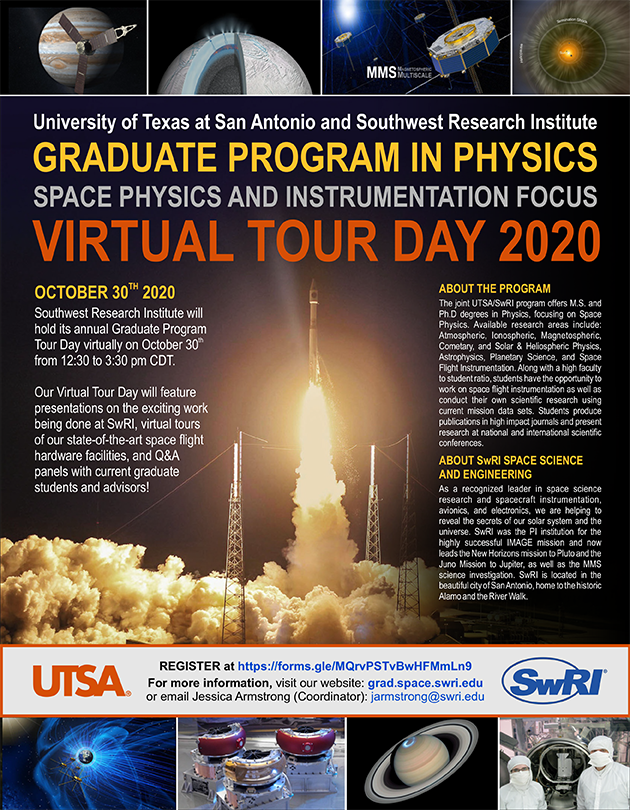Congratulations to Michael Velez who recently published a research article in The Planetary Science Journal.
The article title is "Catalog of Ultraviolet Bright Stars: Strategies for UV Occultation Measurements, Planetary Illumination Modeling, and Sky Map Analyses Using Hybrid IUE-Kurucz Spectra".
UTSA-SwRI Adjoint Faculty Dr. Rob Ebert and Dr. Frederic Allegrini detect hydrogen and oxygen ions from Europa’s atmosphere during Juno flyby.
Juno spacecraft measures oxygen production on Jupiter’s moon, Europa.
Jared Schroeder is the proud recipient of the Texas Space Grant Consortium (TSGC) Fellowship!
Please join SwRI on congratulating our graduate student Jared Schroeder, who is the proud recipient of the Texas Space Grant Consortium (TSGC) Fellowship for the 2023-2024 academic year!
Congratulations to Alumni Joe Westlake! NASA has selected Dr. Joseph Westlake to fill the position of Heliophysics Division Director.
Joe will join the Science Mission Directorate and assume his new role on Jan. 16, 2024.
Congratulations to Kylie Sullivan for passing her Qualifying Exam!
Congratulations to Kylie!
Congratulations to Adjoint Faculty Dr. Tracy Becker on receiving the Carl Sagan Medal!
The Sagan Medal recognizes outstanding scientific communication to the public by a planetary scientist.
UTSA-SwRI space physics graduate student presents “Adventures in Amateur Astronomy”
Lead Computer Scientist Amy Burgin (Space Science Division, 15) attended the "Adventures in Amateur Astronomy" session held July 27. Observers were able to see live sunspots and solar flares using the telescopes set up outside Bldg. 263.
In honor of her recent accomplishments, alumni Dr. Lizeth Magaña will be awarded as an Outstanding Recent Graduate from her undergraduate alma mater Emporia State University.
Award will be presented on Friday, Oct. 27, at the Black & Gold Gala during Homecoming weekend.
Congratulates to Our Summer 2023 Graduates!
Welcome new Alumni!
Congratulations to Elena Dolgas for passing her Final Comprehensive Exam!
“Spectral and Mineralogical Analysis of Planned CLPS Landing Sites with LRO-LAMP.”
Kris Pritchard selected for Best Poster Presentation at GEM Workshop!
Congratulations to Kris Pritchard!
Please join us in congratulating Graduate Student Elizabeth Czajka!
Elizabeth will be joining Texas State University (her alma mater) as a lecturer in their Physics Department this Fall.
Congratulations to Joon Kim who recently published a research article in the Journal of Space Physics!
The article is titled "A Multi-Satellite Case Study of Low-Energy H+ Asymmetric Field-Aligned Distributions Observed by MMS in the Earth's Magnetosphere”
Alumni Dr. Christine Ray Named 2023-2024 AGI Fisher Congressional Fellow
The American Geosciences Institute (AGI) congratulates Dr. Christine Ray on her selection as the 2023-2024 William L. Fisher Congressional Geoscience Fellow. The Fisher Fellowship offers geoscientists the unique opportunity to spend a year in Washington, D.C., working as a staff member in the office of a member of Congress or with a congressional committee.
UTSA-SwRI Adjoint Faculty and SwRI Scientists Dr. Robert Ebert and Dr. Stephen Fuselier find evidence for magnetic reconnection between Ganymede and Jupiter.
A team led by Southwest Research Institute used Juno data to examine the electron and ion particles and magnetic fields as the magnetic field lines of Jupiter and Ganymede merged, snapped and reoriented, heating and accelerating the charged particles in the region
Dinesh Kumar wins prestigious NASA FINESST award.
Dinesh Kumar wins the prestigious “Future Investigators in NASA Earth and Space Science and Technology” award!
Caleb Gimar wins prestigious NASA FINESST award
Caleb Gimar wins the prestigious “Future Investigators in NASA Earth and Space Science and Technology” award!
Congratulations to Joon Kim who recently published a research article in the Journal of Space Physics!
The article is titled "H+ Pitch Angle Distributions in the Outer Magnetosphere Observed by MMS HPCA."
NASA Selects Investigation Teams to Join Geospace Dynamics Mission
The 3DI instrument, led by SwRI Principal Scientist and UTSA Associate Adjoint Professor Dr. Keiichi Ogasawara, has been selected for a Phase A study for the upcoming NASA Geospace Dynamics Constellation (GDC) mission. Congratulations to Dr. Ogasawara! Read more at the NASA website.
Dr. Burch receives NASA’s Highest Honor
Dr. Burch has received NASA’s highest honor for nongovernment employees, its Distinguished Public Service Medal.
Adjoint Professor Stefano Livi Recognized by the Explorers Club
Dr. Livi has been selected for membership in the Explorers Club 50 Class of 2022.
Congratulations to Kim Moreland for being selected to AGU’s first cohort of Local Science Partners!
Kim will be in the inaugural cohort of Local Science Partners, a new program empowering scientists to build sustainable partnerships with their policymakers.
Great news! UTSA has now earned the R1 Classification from the Carnegie Classification of Institutions of Higher Education.
"Today's affirmation of our Carnegie R1 classification solidifies one of our most critical waypoints on UTSA's path to become a great public research university."
Congratulations to Our Summer and Fall 2021 Graduates!
Congratulations to Rhyan Sawyer (Summer 2021), Kevin Delano, Lizeth Magana and Christine Ray (Fall 2021) on their graduation!
Congratulations to Adjoint Professor Dr. Pete Roming!
Dr. Pete Roming has been named a Fellow of the American Physical Society (APS).
A paper by recent PhD graduate Dr. Ben Byron, now at NASA-JPL, demonstrates a novel approach to determining lunar surface composition using UV measurements from the LAMP instrument on NASA’s LRO mission
A new study by a recent graduate of Southwest Research Institute’s joint graduate program in physics with The University of Texas at San Antonio demonstrates the ability of the Lyman-Alpha Mapping Project (LAMP) to determine the composition of areas on the lunar surface by measuring the reflectance of far-ultraviolet (far-UV) light.
Congratulations to Adjoint Professor Dr. Heather Elliott!
The National Oceanic and Atmospheric Administration has appointed SwRI’s Heather Elliott to a three-year term on its new Space Weather Advisory Group (SWAG).
Congratulations to Dr. Burch, Vice President of the Space Science and Engineering Division at SwRI, for being selected for this highest honor.
On behalf of the Earth and space science community, the American Geophysical Union has selected Southwest Research Institute’s Dr. James L. Burch to receive the 2021 William Bowie Medal, the organization’s highest honor.
Elizabeth Czajka, Samuel Hart and Jared Schroeder are the proud recipients of the Texas Space Grant Consortium (TSGC) Fellowships!
Please join SwRI in congratulating our graduate students Elizabeth Czajka, Samuel Hart and Jared Schroeder, who are the proud recipients of the Texas Space Grant Consortium (TSGC) Fellowships for the 2021-2022 academic year! The Texas Space Grant Consortium Fellowships have been established to encourage graduate study in the fields of science, technology, engineering, and math. Each are being awarded a $5,000 fellowship. Fellowships are awarded on competitive basis with [...]
Congratulations to Adjoint Professor Dr. Stephen Fuselier for his election to the National Academy of Sciences
SwRI's Fuselier elected to the National Academy of Sciences
Samuel Hart wins prestigious FINESST-20 award!
Samuel Hart wins the prestigious “Future Investigators in NASA Earth and Space Science and Technology award!
Outstanding Student Presentation Awards winner Rhyan Sawyer!
Outstanding Student Presentation Awards (OSPAs) are awarded to promote, recognize and reward undergraduate, Master’s and PhD students for quality research in the geophysical sciences.
The Interior of Enceladus Looks Really Great for Supporting Life
When NASA’s Voyager spacecraft visited Saturn’s moon Enceladus, they found a body with young, reflective, icy surface features. Some parts of the surface were older and marked with craters, but the rest had clearly been resurfaced. It was clear evidence that Enceladus was geologically active. The moon is also close to Saturn’s E-ring, and scientists think Enceladus might be the source of the material in that ring, further [...]
Astronomy on Tap featuring Kevin Delano
Astronomy on Tap SATX is a monthly event where two scientists give ~15 min. presentations about exciting space-related topics while you “drink” it all in at a local bar!
Congratulations to Michael Velez and Christine Ray!
Michael and Christine are being named as Graduate Student Affiliates on the Europa Clipper Mission.
We would like to welcome our newest Adjoint Faculty
Tracy Becker, Natalie Hinkel, Keiichi Ogasawara, and Todd Veach.
Virtual Tour Day 2020
SwRI will hold its annual Graduate Program Tour Day virtually on October 30th from 12:30 to 3:30 pm CDT.
Michael Starkey featured in Physics Today!
Michael Starkey was recently featured in a Physics Today article regarding a paper he wrote on an interplanetary shock.


